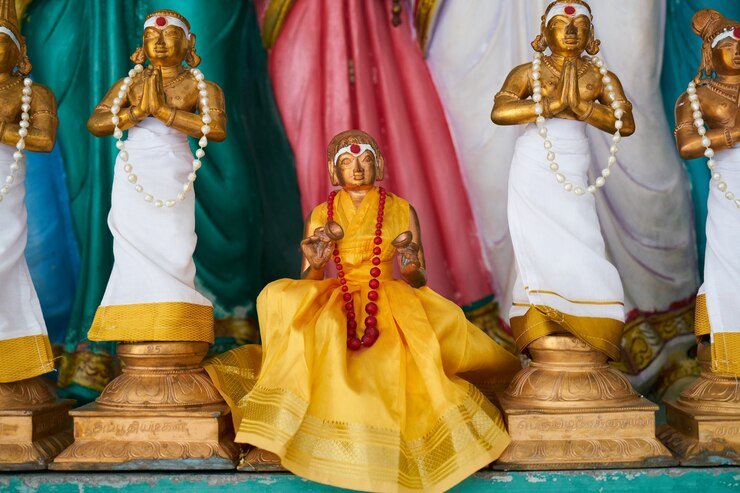The representation of imagesize:地藏王菩薩 1920×1080 (Kṣitigarbha Bodhisattva) holds deep spiritual and cultural significance in East Asian Buddhism. Known as the protector of the deceased and the guide for those in suffering, his imagery often conveys a profound sense of compassion, wisdom, and resolve. In this article, we delve into the symbolic meanings of his depictions, the traditional elements in his imagery, and their relevance in contemporary times, especially as visual representations are adapted for modern mediums such as digital art and wallpapers.
The Symbolism of 地藏王菩薩
At the heart of the imagery of 地藏王菩薩 lies the concept of selfless compassion and unwavering commitment to the liberation of all beings. Often depicted with a shaven head and clad in monk’s robes, he symbolizes simplicity and detachment from worldly desires. In his hands, he holds a staff (錫杖) to open the gates of hell and a wish-fulfilling jewel imagesize:地藏王菩薩 1920×1080 to illuminate the darkness of ignorance.
These elements are not merely artistic choices but profound symbols. The staff, with its jangling rings, is said to awaken beings from their delusions and remind them of the path to enlightenment. The jewel, glowing with radiant light, represents wisdom that dispels ignorance, a recurring theme in Buddhist teachings. Together, these elements emphasize his vow to delay his own enlightenment until all beings are freed from suffering.
Traditional Artistic Representations
Traditional depictions of imagesize:地藏王菩薩 1920×1080 have been carefully crafted to convey his role and significance within Buddhist cosmology. Paintings, statues, and other representations often place him in serene settings, surrounded by flames representing the purification of karma or clouds symbolizing transcendence.
Adaptation to Modern Mediums
As technology advances, the representation of 地藏王菩薩 has found new avenues for expression.
Digital artists face unique challenges and opportunities when reimagining such sacred imagery. While adhering to traditional elements, they often experiment with lighting, color gradients, and modern artistic styles to make the visuals more engaging. High-resolution formats like 1920×1080 not only ensure clarity but also allow for intricate detailing, such as the folds of the Bodhisattva’s robes or the luminescence of the jewel.
Cultural and Spiritual Relevance Today

In contemporary times, the imagery of imagesize:地藏王菩薩 1920×1080 serves as a source of inspiration and solace for many. As individuals navigate the complexities of modern life, the Bodhisattva’s message of compassion and perseverance resonates deeply.
Moreover, the adaptability of his imagery to modern formats bridges generational and cultural divides. Younger generations, often distanced from traditional practices, can connect with their heritage through these visually appealing representations.
The Artistic Process Behind a 1920×1080 Representation
Creating an image of 地藏王菩薩 in a 1920×1080 resolution involves a meticulous artistic process. Artists must balance traditional elements with modern aesthetics, ensuring that the image is both authentic and visually captivating. The use of advanced software enables the incorporation of fine details, such as the texture of robes or the interplay of light and shadow around the jewel.
The process often begins with research into traditional iconography, followed by sketches that adapt these elements to the desired format. The final result is an image that captures the timeless essence of 地藏王菩薩 while resonating with a modern audience.
Conclusion
The depiction of 地藏王菩薩, whether in traditional art or modern digital formats, continues to inspire and guide individuals across the globe. A 1920×1080 representation not only preserves the spiritual significance of his imagery but also makes it accessible in today’s interconnected, digital world.
